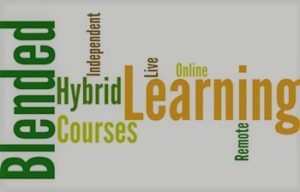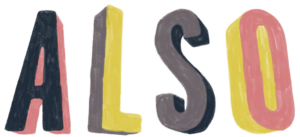 Here’s a question I get asked a lot … “do I prefer doing online or face-to-face qualitative research?” The answer I always give … “yes, I like them both”. And here’s a closely-related question that I also often get … “what’s the right approach for a specific research study, online or in-person?” And I’ll frequently give the same answer … “yes, let’s do both.” For in fact, often the best approach is to use both. In the past, our qualitative research toolbox was pretty limited. We had focus groups of various sizes, in-depth interviews (IDIs), and maybe some telephone interviews. Now we have a dizzying array of tools available to us, and often the best way to get the most bang out of a research buck is to combine them.
Here’s a question I get asked a lot … “do I prefer doing online or face-to-face qualitative research?” The answer I always give … “yes, I like them both”. And here’s a closely-related question that I also often get … “what’s the right approach for a specific research study, online or in-person?” And I’ll frequently give the same answer … “yes, let’s do both.” For in fact, often the best approach is to use both. In the past, our qualitative research toolbox was pretty limited. We had focus groups of various sizes, in-depth interviews (IDIs), and maybe some telephone interviews. Now we have a dizzying array of tools available to us, and often the best way to get the most bang out of a research buck is to combine them.
The guiding principle here is that online (OL) and face-to-face (F2F) research tools have very different strengths and weaknesses. So, by putting them together, we can create an approach that yields far more insight than any of its individual components can alone.
-
F2F research approaches offer a high level of engagement. I don’t care what anybody says, no online approach can offer the same level of deep, personal connection that in-person research can. Having everybody in the same physical location also allows a high degree of flexibility. Because of all this, F2F is where new and unexpected insights are most likely to come to light.
-
OL is highly time and travel efficient. It can also be a big problem solver for low incidence recruits, as it allows you to recruit out of a national sample. What’s more, it’s a highly efficient way to get a lot of the preliminaries out of the way—introductions, basic attitudes and practices, etc., and it’s also a good way to test a large number of ingoing ideas or hypotheses very efficiently and discard the weaker ones.

